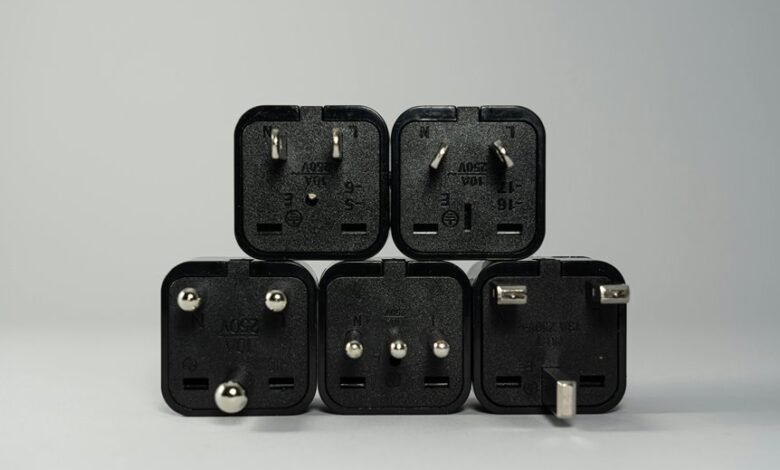Mutf_In: Sbi_Ener_Oppo_Irpgh5

The Mutf_In: Sbi_Ener_Oppo_Irpgh5 framework presents a structured approach to analyzing energy investment opportunities. It emphasizes sustainability and efficiency across various industries. This model encourages informed decision-making that aligns with renewable energy integration. Despite facing challenges like financial limitations, the framework promises substantial benefits, including cost reductions and lower emissions. Understanding its key applications could reveal significant insights for future energy management strategies. What implications might these insights have for the evolving energy landscape?
Overview of Mutf_In: Sbi_Ener_Oppo_Irpgh5 Framework
The Mutf_In: Sbi_Ener_Oppo_Irpgh5 framework serves as a comprehensive model for analyzing energy opportunities within the investment landscape.
It emphasizes the importance of energy consumption patterns and integrates sustainability initiatives, guiding investors toward environmentally responsible decisions.
Key Applications in Various Industries
Key applications of the Mutf_In: Sbi_Ener_Oppo_Irpgh5 framework span multiple industries, demonstrating its versatility in addressing energy-related challenges.
It facilitates renewable integration, allowing organizations to adopt sustainable practices while optimizing energy consumption.
Additionally, the framework supports industrial optimization efforts, enhancing efficiency and reducing operational costs.
These applications empower businesses to navigate the evolving energy landscape while promoting freedom and flexibility in their operations.
Benefits of Implementing Energy Efficiency Strategies
Although many organizations may overlook the importance of energy efficiency strategies, implementing these measures can yield significant benefits.
Companies often experience substantial cost savings through reduced energy consumption. Furthermore, these strategies contribute positively to the environmental impact by lowering greenhouse gas emissions and conserving resources.
Embracing energy efficiency not only enhances operational performance but also promotes sustainability, aligning with a desire for freedom from wastefulness.
Challenges in Adoption and Future Prospects
While organizations recognize the benefits of energy efficiency, numerous challenges hinder widespread adoption.
Barrier analysis reveals financial constraints, lack of awareness, and insufficient technical expertise as significant obstacles.
Furthermore, regulatory frameworks often lag behind technological advancements.
Future innovations, however, promise to address these issues, paving the way for more accessible energy solutions and encouraging organizations to embrace efficiency for sustainable progress.
Conclusion
In conclusion, the Mutf_In: Sbi_Ener_Oppo_Irpgh5 framework stands as a beacon of hope, illuminating the path toward sustainable energy investment. Like a well-tuned instrument, it harmonizes efficiency and innovation, guiding industries through challenges toward a greener future. As organizations embrace these strategies, they not only unlock potential cost savings but also contribute to a cleaner planet, painting a vibrant landscape of possibilities where renewable energy thrives and environmental stewardship flourishes.





